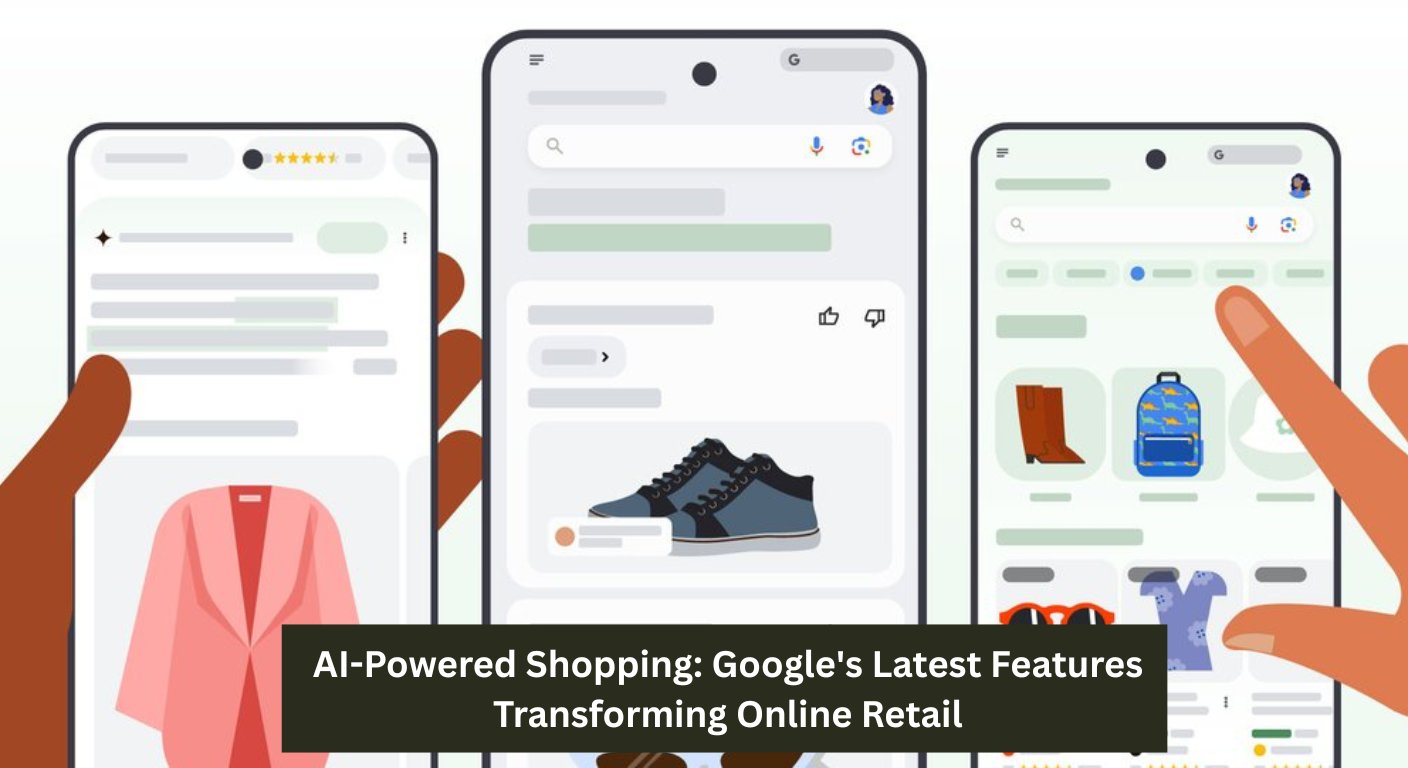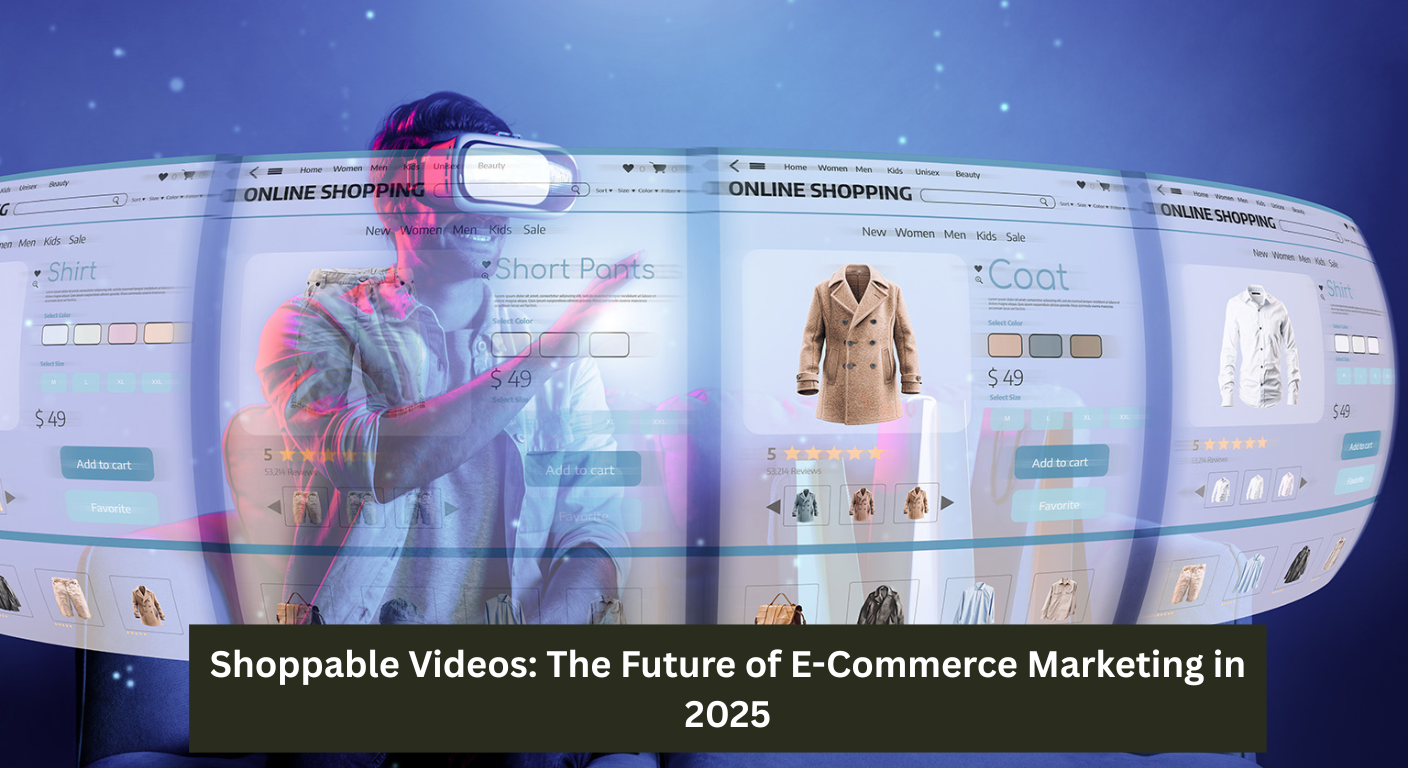Online shopping has experienced a revolution in recent times, and in 2025, that metamorphosis is accelerating faster than ever, thanks to AI-powered inventions from Google. From substantiated product recommendations to virtual pass-ons and smarter hunt tools, Google is reshaping the way we browse, compare, and buy. It’s no longer about just changing a product online; it’s about discovering the perfect product for you, instantly.
Still, a digital marketer, or just a smart paperback, if you are an online retailer. Let’s dive into the most groundbreaking features that are turning Google into the most intuitive shopping adjunct you’ve ever had.
1. Visual Search: Snap, Search, Shop
Gone are the days of struggling to describe that gorgeous jacket you saw on the street. With Google Lens, powered by advanced AI, users can now snap a photo and instantly find similar items available online.
Why It Matters:
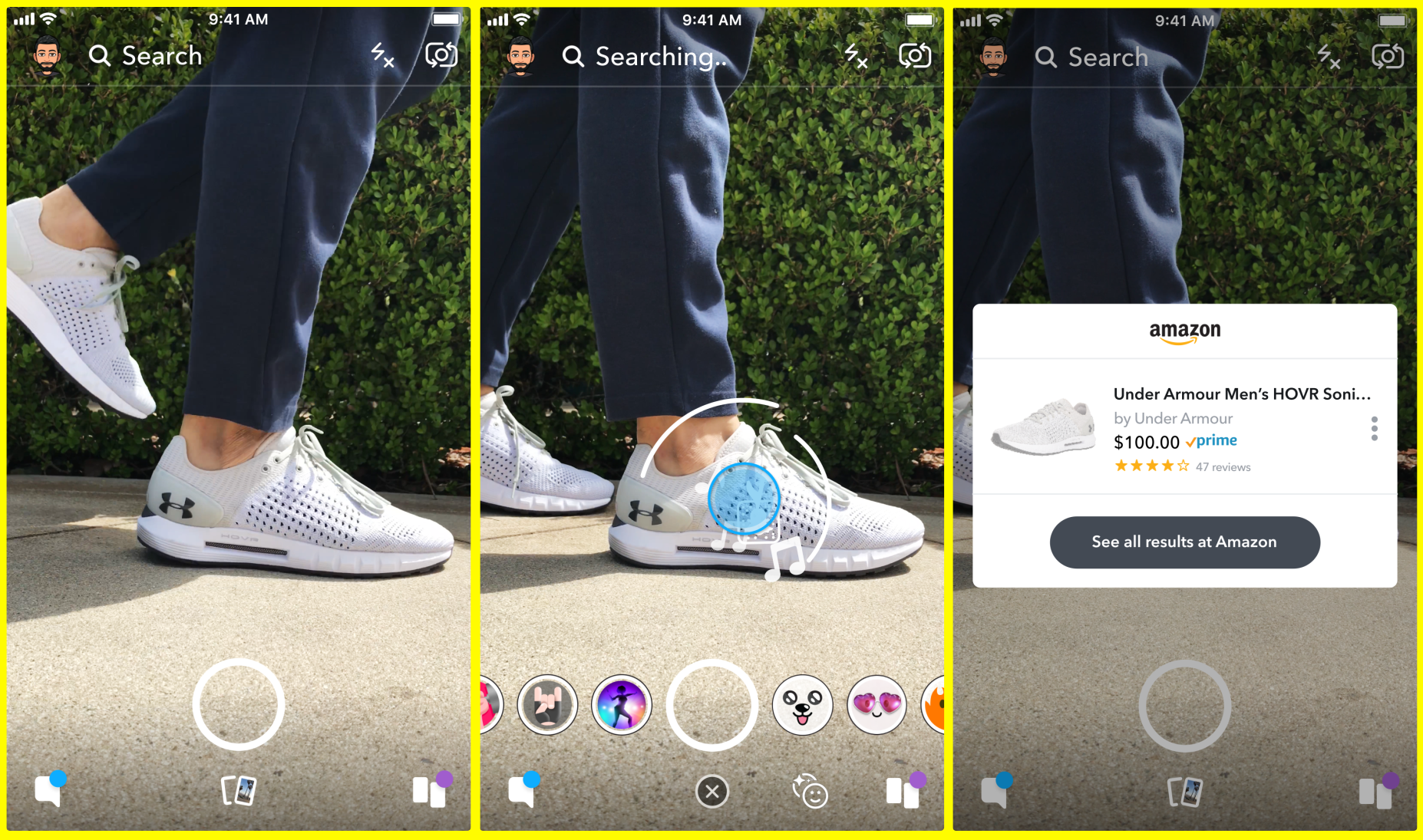
- Reduces the friction of typing vague search queries.
- Helps users find hard-to-describe or unique items quickly.
- Bridges the gap between inspiration and purchase.
Retail Tip: Optimize product images with alt text and structured data. Google’s AI uses visual cues from your images to better match them to real-world photos.
2. AI-Driven Product Recommendations
Google’s Shopping Graph—an AI-powered database of billions of products—is making personalized recommendations smarter and more nuanced than ever.
How It Works:
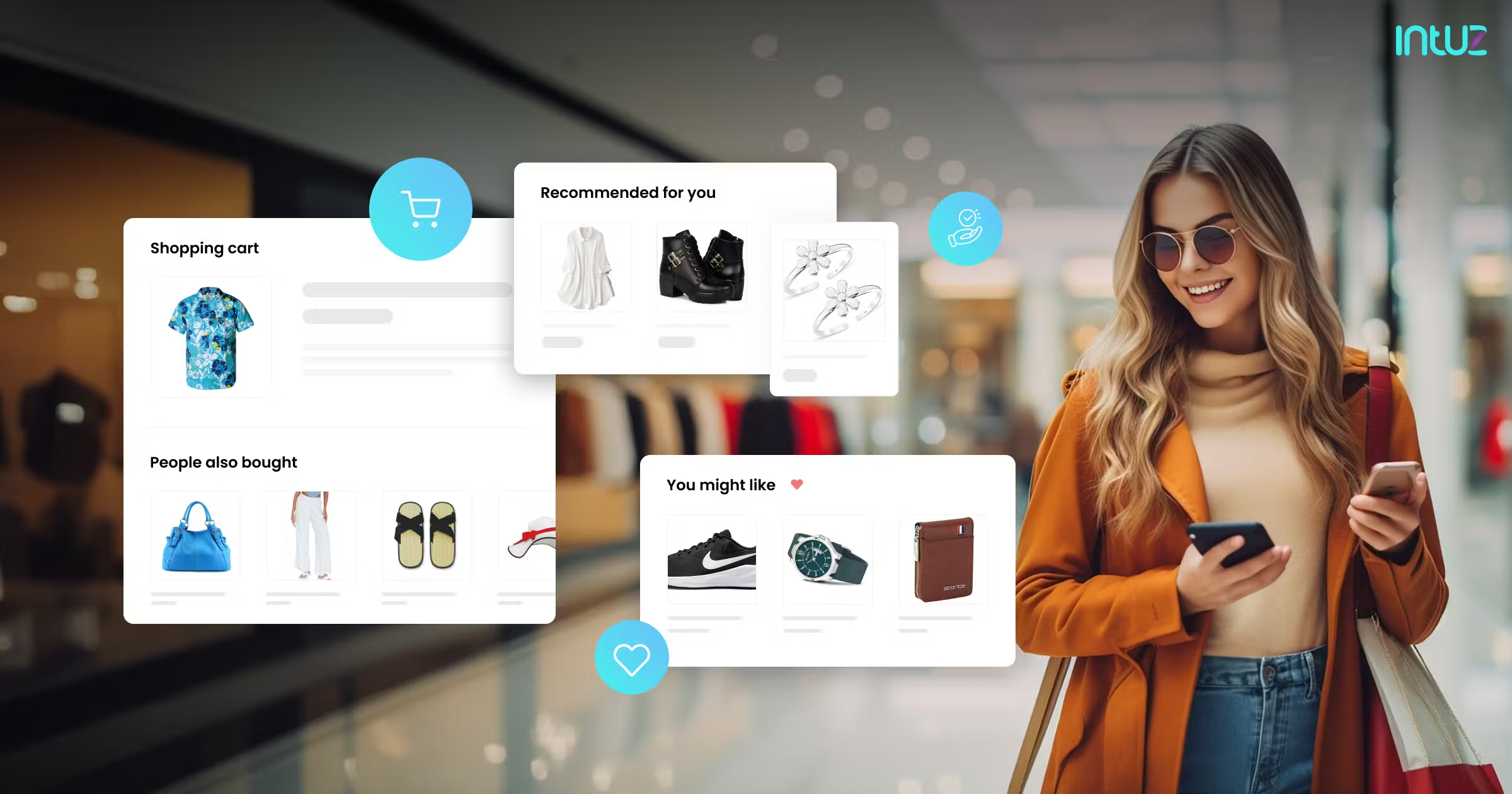
- Tracks user behavior, past purchases, and preferences.
- Uses machine learning to surface relevant items in search and shopping ads.
- Adapts in real-time as a user browses.
Example: Searching for “black summer sandals” may now lead to suggestions based on your size, preferred brands, and past buying habits.
Pro Tip for Retailers: Feeding structured product data (like material, color, size availability, etc.) into Google Merchant Center improves discoverability.
3. Virtual Try-On for Fashion & Beauty
One of the biggest challenges in online shopping? Knowing how something will actually look on you. Google has responded with AI-powered virtual try-on tools.
Where It’s Used:
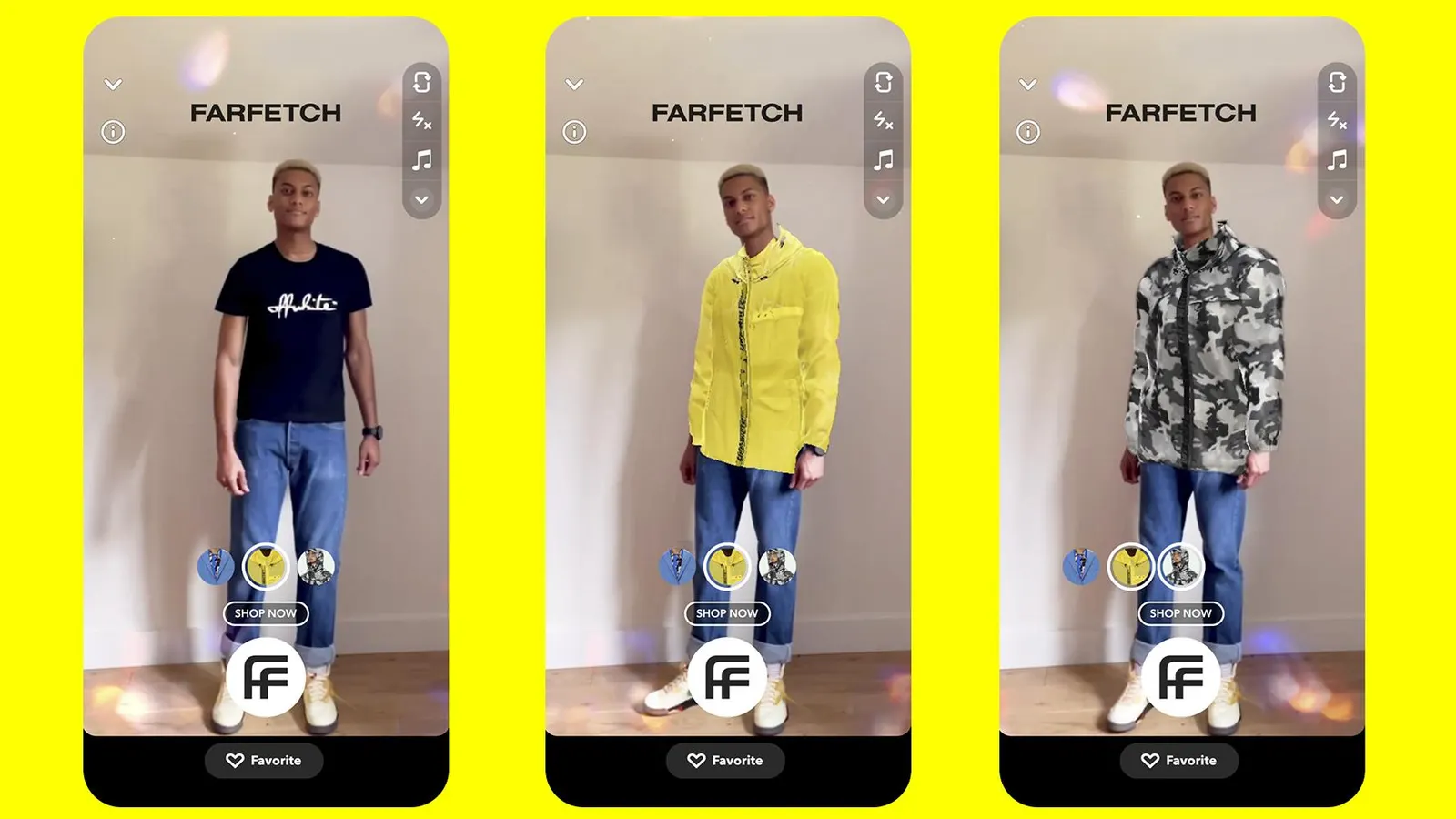
- Makeup: See how lipsticks, foundation, and eyeshadow shades look on various skin tones.
- Clothing: Try-on apparel using generative AI models with diverse body types.
Benefits for Consumers:
- Reduces returns by setting realistic expectations.
- Builds confidence in decision-making.
- Increases engagement time and satisfaction.
Retail Strategy: Brands integrating try-on features directly into product listings see increased conversion rates. Google now lets you integrate these tools via the Merchant Center and select APIs.
4. AI Smart Filters & Natural Language Search
Google’s generative AI now allows shoppers to search using conversational language, like asking a friend for advice.
For Example:

- “Show me budget-friendly summer dresses under $100 with puff sleeves.”
- “Find eco-friendly home office chairs with lumbar support.”
AI interprets the request, filters the products, and presents refined results.
Bonus: Users can now apply “smart filters” like style, sleeve type, or material—without ever checking boxes manually.
Retailer Win: Make sure your product descriptions are detailed and semantically rich. Google’s AI uses natural language cues to classify and rank items.
5. AI-Powered Price Insights & Dynamic Trends
Shoppers today want value and timing. Google’s AI now provides real-time price tracking, deal alerts, and historical pricing data.
Features:
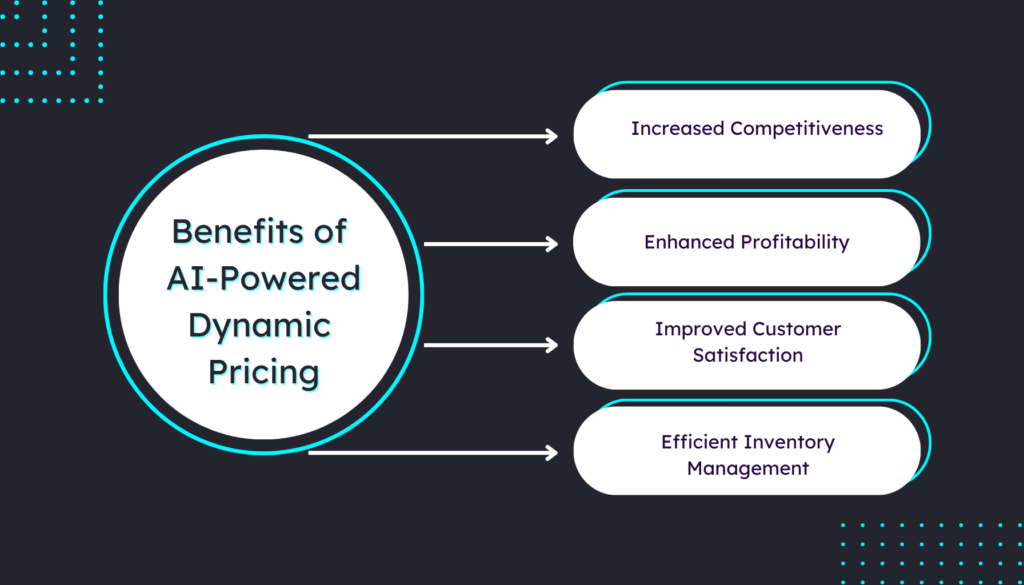
- Alerts when prices drop.
- Historical data shows if a product is at its lowest.
- Trends dashboards highlight what’s gaining popularity.
Why It Matters:
- Builds buyer confidence.
- Drives urgency when a deal is identified.
- Helps shoppers decide when to buy—not just what to buy.
Retailer Note: Participate in Google Promotions & Price Drop badges for increased visibility in price-sensitive search results.
6. Generative AI Product Overviews
In 2025, Google Shopping displays AI-generated summaries of product reviews—offering instant insights without needing to dig through hundreds of comments.
What’s Included:
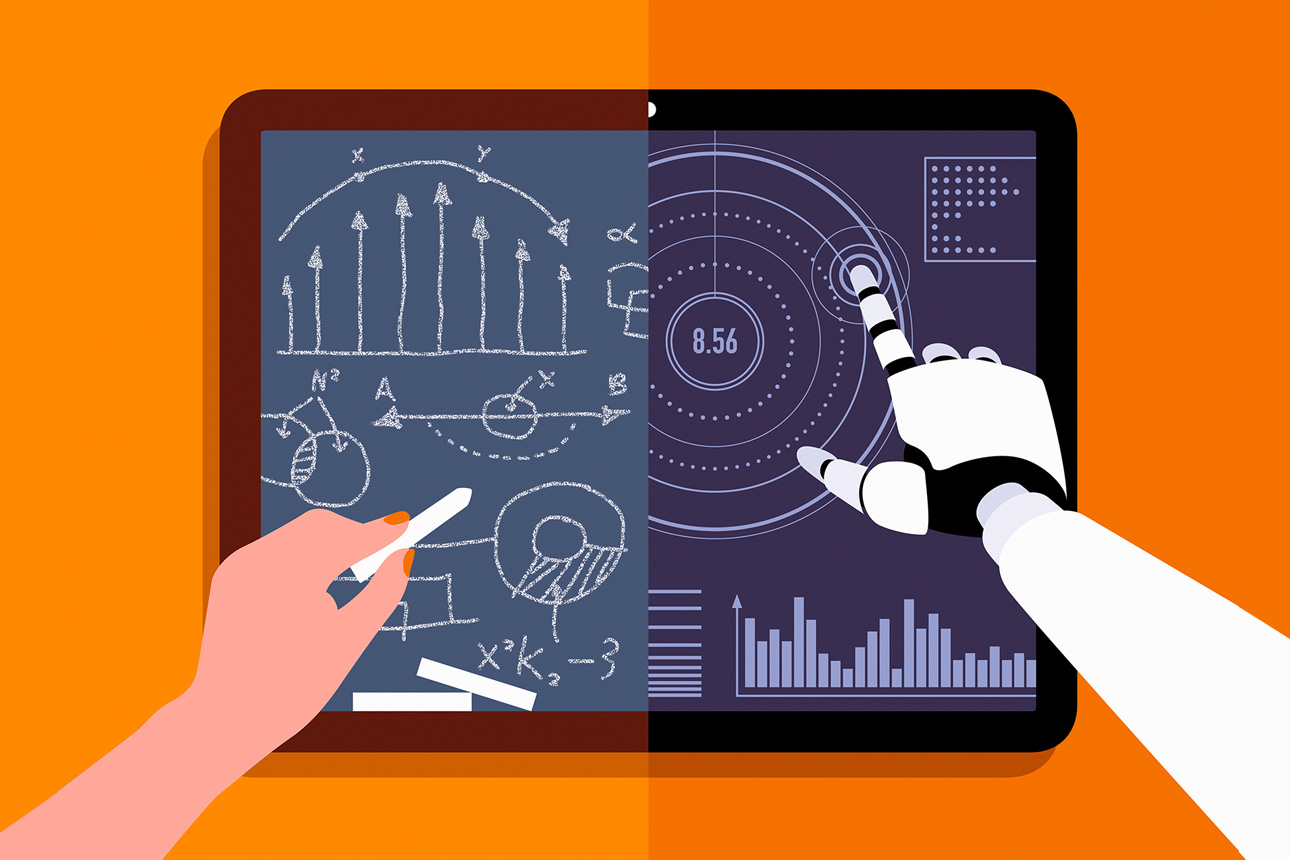
- Highlighted pros and cons.
- Common themes from verified reviews.
- Sentiment-based rankings (e.g., “great for narrow feet”).
Smart Shopping: These summaries save users time and give them confidence in their choices.
Retailer Strategy: Encourage authentic reviews and respond to them. Google’s AI picks up patterns, and businesses with positive sentiment trends get a visibility boost.
7. AI-Personalized Shopping Hubs
Your Google account is now a personal storefront. Based on your preferences, history, and real-time behavior, Google Shopping now builds custom “shopping hubs” that update dynamically.
Features include:
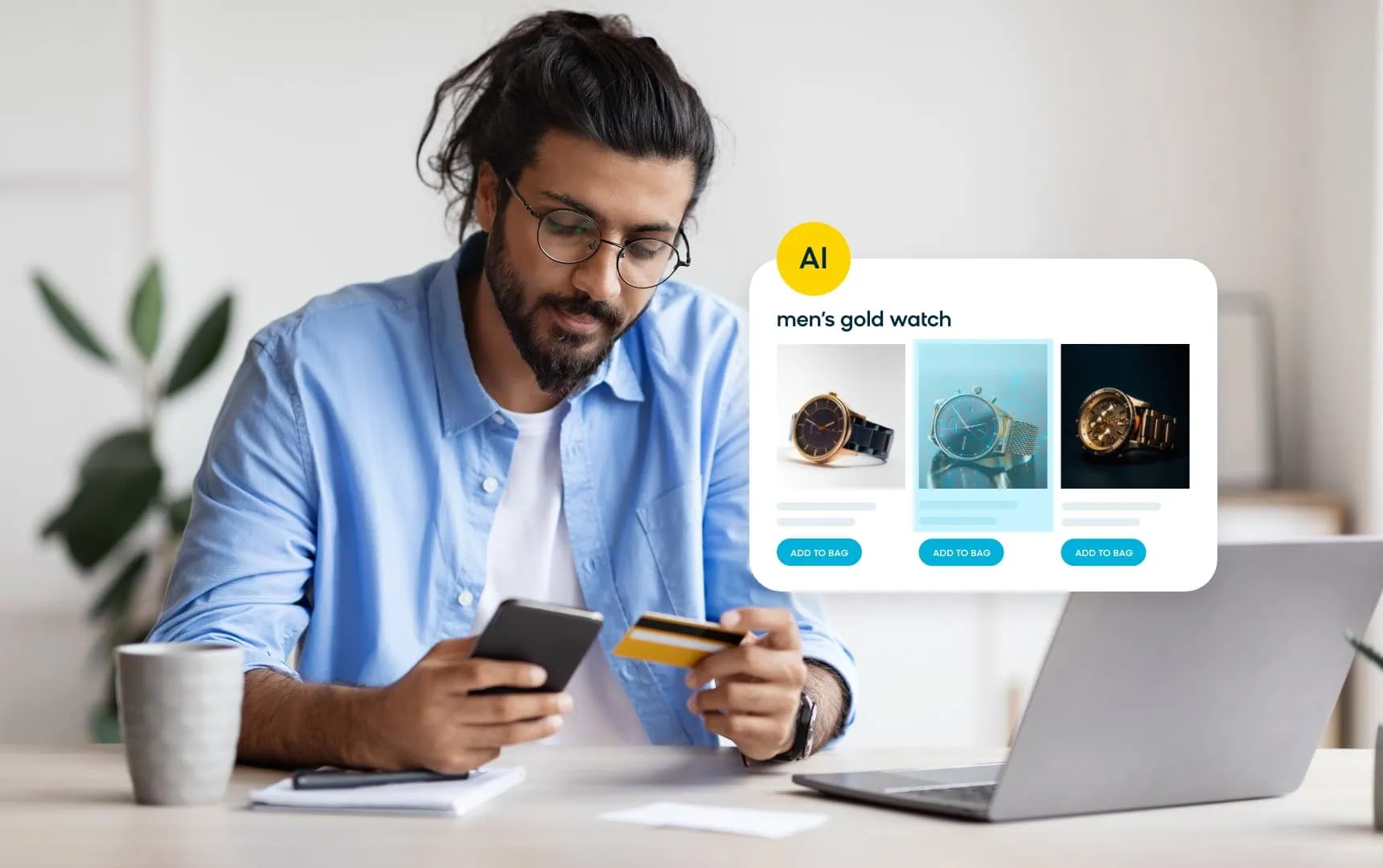
- Curated lists (“For You”, “Weekly Finds”).
- AI-powered bundles (e.g., “Outfit Completers”).
- Occasion-based guides (e.g., “Wedding Guest Looks”, “Back to Campus”).
For brands: These hubs are prime real estate. Inclusion depends on metadata quality, merchant performance, and ad campaign engagement.
8. Sustainability Insights with AI
Eco-conscious consumers are front and center in 2025, and Google’s Shopping tools now use AI to highlight sustainability attributes.
How it works:
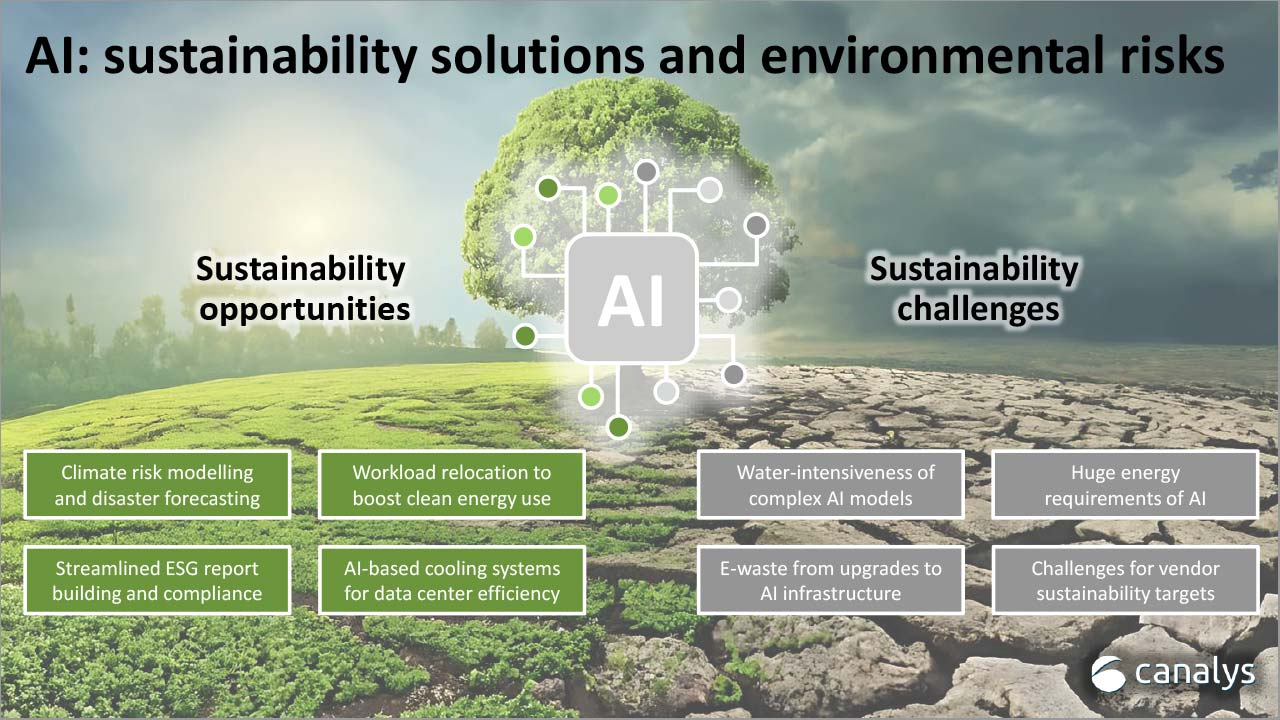
- Products labeled with eco-certifications or sustainable materials are surfaced via filters.
- AI categorizes brands and items with low environmental impact scores.
Shoppers can now easily search for:
- Vegan leather bags
- Carbon-neutral electronics
- Clothing made from recycled fabrics
Retailer Note: Add sustainability tags and certifications in product feeds. These influence both search rank and filter visibility.
9. Integration with AI-Powered Voice Shopping
Voice search is smarter and more accurate, and Google Assistant’s shopping capabilities have gotten a major AI upgrade.
Now you can say:

- “Find me a matching blouse for these navy trousers.”
- “Order me more eco-friendly laundry pods.”
Voice shopping understands context, history, and even your wardrobe.
Trend Insight: As wearables (like AI rings and glasses) rise in popularity, voice-first commerce will only grow.
Final Thoughts: The Future of Online Shopping is Here
Google’s AI powered shopping features are n’t just accessible, they’re reconsidering prospects. As personalization becomes the standard, and visual and voice tools become more intuitive, we’re entering a period where the online shopping experience mimics in- store browsing minus the hassle.
For consumers, it means smarter, briskly, and more confident buying. For retailers, it’s an occasion to thrive if you embrace AI-friendly practices.
Because in 2025, it’s not just what you sell, it’s how well-conditioned AI understands it.
